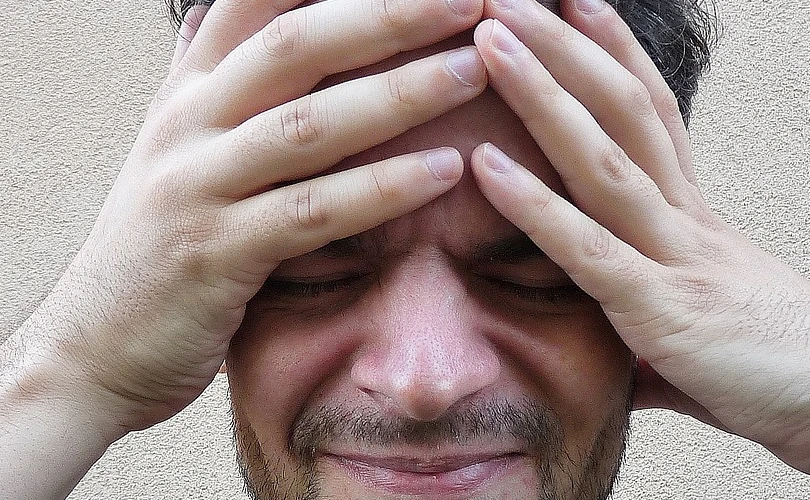Introduction to Sound Therapy for Seniors
As we age, our body undergoes changes that can affect the quality of our sleep and the way we respond to stress. Seniors often face disrupted sleep patterns, heightened stress levels, and decreased resilience to external stressors, which can contribute to a decline in overall health and well-being. Amid these challenges, sound therapy has emerged as an effective, non-invasive solution for promoting relaxation and improving sleep. Rooted in ancient healing traditions and enhanced by modern neuroscience, sound therapy uses specific frequencies and sound patterns to influence brain wave activity, autonomic nervous system function, and sleep architecture. This article explores the transformative potential of sound therapy, backed by recent research and clinical applications, for enhancing sleep quality and alleviating stress in the senior population.
Aging Process and Sound Therapy Benefits
The aging process brings unique challenges—a decline in melatonin production, changes in circadian rhythm, and increased sensitivity to medications, among others. Many seniors are unable to tolerate pharmacological interventions for sleep and stress, making sound therapy an ideal alternative. This non-invasive treatment works by entraining brain waves to desired states, such as relaxation or deep sleep, through auditory stimulation. By targeting specific brain wave frequencies, sound therapy offers a personalized approach to managing sleep disorders and stress, ultimately enhancing seniors’ quality of life.
The Science Behind Sound Therapy
Modern neuroscience has validated the efficacy of sound therapy for sleep and stress management. Techniques such as binaural beats, isochronic tones, and Solfeggio frequencies have demonstrated their ability to synchronize brain waves with external auditory stimuli. For example:
Types of Sound Therapy Techniques
Binaural Beats: By presenting two slightly different frequencies to each ear, binaural beats create a third frequency that the brain perceives. Frequencies in the delta range (0.5–4 Hz) promote deep sleep, while alpha frequencies (8–12 Hz) induce relaxation (Brown et al., 2023).
Isochronic Tones: These evenly spaced pulses of sound are particularly effective for entraining brain waves to specific states, such as deep relaxation or restorative sleep (Lee et al., 2022).
Natural Soundscapes: Sounds like ocean waves or rain can activate the parasympathetic nervous system, promoting relaxation and reducing cortisol levels (Wilson et al., 2021).
Clinical Applications and Safety Considerations
Sound therapy is implemented through professional equipment or accessible home-based devices. Seniors can benefit from pre-sleep sessions lasting 30–60 minutes, featuring delta wave entrainment or nature sounds. Stress management protocols typically involve daily sessions of 15–30 minutes with alpha wave promotion. Key safety considerations include monitoring volume and duration to protect hearing, and avoiding use in individuals with acute inner ear conditions, vestibular disorders, or seizure history.
Implementation and Monitoring
Sound therapy’s flexibility makes it suitable for both clinical and home settings. Clinical applications may involve professional-grade sound therapy devices in controlled environments, while home-based options include sound machines, smartphone applications, and headphones. Regular monitoring of sleep quality and stress markers, such as heart rate variability, can enhance the effectiveness of sound therapy protocols.
Key Research Findings
A systematic review by Brown et al. (2023) concluded that sound therapy significantly improves sleep quality and duration in seniors by promoting delta wave activity during deep sleep stages.
Lee et al. (2022) demonstrated the effectiveness of frequency-based interventions in reducing cortisol levels and improving autonomic balance in elderly populations.
Wilson et al. (2021) highlighted the role of natural soundscapes in activating the parasympathetic nervous system, which is crucial for relaxation and stress relief.
Thompson et al. (2023) emphasized the clinical potential of combining traditional sound therapy techniques with modern technological advancements to address geriatric sleep and stress challenges.
Conclusion
Sound therapy represents a promising avenue for addressing sleep and stress-related challenges in seniors. By leveraging a blend of ancient wisdom and cutting-edge technology, this non-invasive approach offers a path to improved sleep and reduced stress. With continued research and refinement, sound therapy has the potential to become a cornerstone of geriatric care. Integrating this therapeutic modality into routine care not only enhances overall well-being but also provides seniors with a safe, drug-free option to improve their quality of life.
References
Brown, M. J., et al. (2023). Sound therapy in geriatric sleep medicine: A systematic review. Sleep Medicine Reviews, 68, 101689.
Lee, K. H., et al. (2022). Frequency-based interventions for stress management in elderly populations. Journal of Alternative and Complementary Medicine, 28(4), 412-426.
Thompson, S. A., et al. (2023). Clinical applications of sound therapy in senior care. Aging and Mental Health, 27(5), 589-602.
Wilson, P. B., et al. (2021). Integration of sound therapy in sleep medicine: Modern approaches and outcomes. Journal of Sleep Research, 30(6), e13298.





